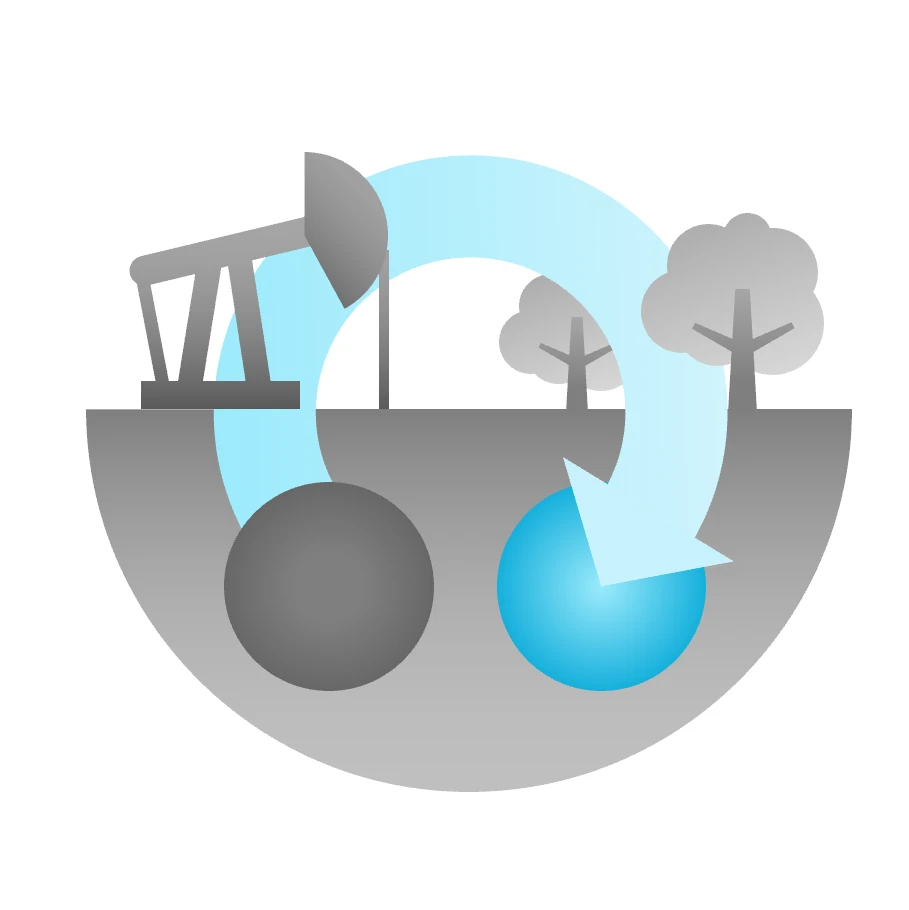Our Research
The reserach in our section falls into three categories: Geo-Energy, Geo-environmental Protection, and Computational Geosciences.
Geo-Energy
Our research on geo-energy explores methods to harness Earth's geothermal energy, advances the storage of liquid hydrogen in the subsurface, and studies the carbon footprint.
Geo-Environmental Protection
Industrial operations and anthopogenic interventions carry risks. Our research explores techniques to mitigate the impact of fossil fuel consumption, and analyzes the consequences of subsurface operations to reduce their future impact.
Computational Geoscience
The subsurface is mostly out of reach and out of sight. To rigorously analyse and predict the impact of subsurface operations, we advance research in data assimilation, optimization and control theory, and numerical simulation.
Our Publications
Below, you can access a list of our section's most recent publications.
- Matei Tene, Algebraic Multiscale Framework for Fractured Reservoir Simulation
- Matteo Cusini, Cor van Kruijsdijk, Barnaby Fryer, Hadi Hajibeygi, Algebraic dynamic multilevel method for compositional flow in heterogeneous porous media, In Journal of Computational Physics Volume 354 p.593-612.
- Mousa HosseiniMehr, Matteo Cusini, Cornelis Vuik, Hadi Hajibeygi, (2018), Algebraic dynamic multilevel method for embedded discrete fracture model (F-ADM), In Journal of Computational Physics Volume 373 p.324-345.
- A.C. Alvarez, J. Bruining, W.J. Lambert, D. Marchesin, Analytical and numerical solutions for carbonated waterflooding, In Computational Geosciences: modeling, simulation and data analysis Volume 22 p.505–526.
- A. C. Alvarez, T. Blom, W. J. Lambert, J. Bruining, D. Marchesin, (2018), Analytical and numerical validation of a model for flooding by saline carbonated water, In Journal of Petroleum Science and Engineering Volume 167 p.900-917.
- B. I. AlQuaimi, W. R. Rossen, (2018), Capillary desaturation curve for residual nonwetting phase in natural fractures, In SPE Journal Volume 23 p.788-802.
- J. Gong, W. R. Rossen, Characteristic fracture spacing in primary and secondary recovery for naturally fractured reservoirs, In Fuel: the science and technology of fuel and energy Volume 223 p.470-485.
- B. I. AlQuaimi, W. R. Rossen, (2018), Characterizing foam flow in fractures for enhanced oil recovery, In Journal of Petroleum Science and Engineering Volume 175 p.1160-1168.
- Rafael J. de Moraes, José R.P. Rodrigues, Hadi Hajibeygi, Jan Dirk Jansen, (2018), Computing derivative information of sequentially coupled subsurface models, In Computational Geosciences Volume 22 p.1527–1541.
- Emil Gallyamov, Timur Garipov, Denis Voskov, Paul Van den Hoek, (2018), Discrete fracture model for simulating waterflooding processes under fracturing conditions, In International Journal for Numerical and Analytical Methods in Geomechanics Volume 42 p.1445-1470.








